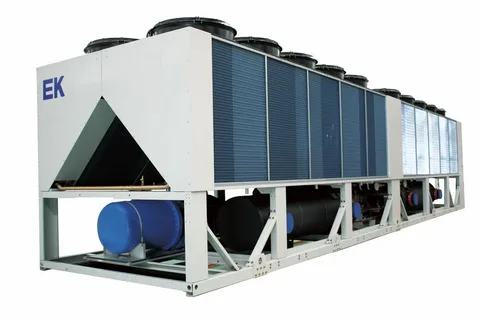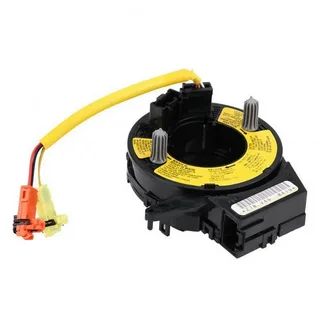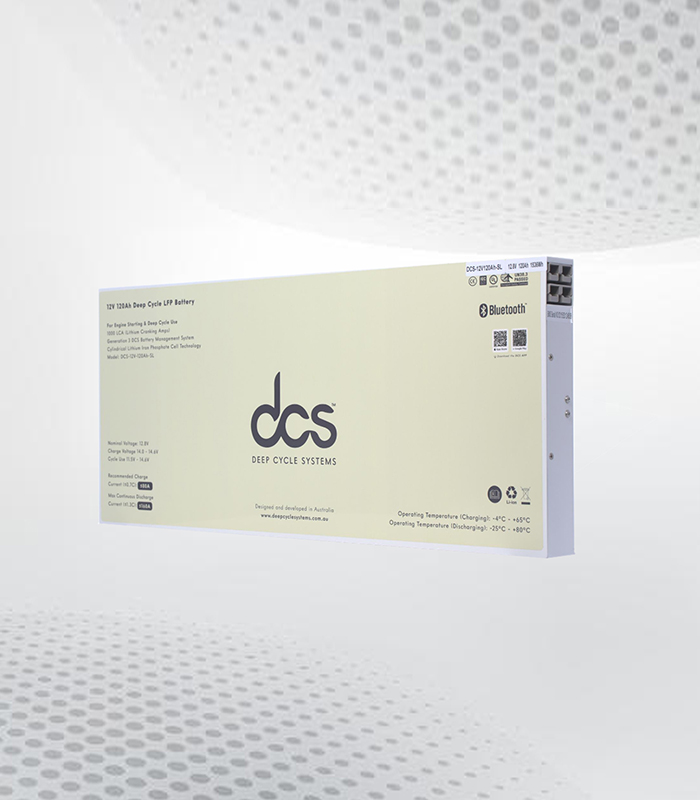The increasing emphasis on energy efficiency and sustainability in modern homes has made the Heat Recovery Unit an attractive option for many homeowners. This innovative technology not only enhances comfort but also significantly reduces energy costs and promotes environmental sustainability. By recovering and reusing waste heat from various sources within the home, a heat-recovery unit can transform how residential heating and cooling systems operate.
How Heat-Recovery Units Work and Their Efficiency
Heat-recovery units function by harnessing waste heat from a home’s ventilation system. Typically installed within an HVAC setup, these units capture heat from the exhaust air and transfer it to the incoming fresh air through a heat exchanger. This mechanism allows for efficient heat transfer without mixing the two air streams.
The efficiency of these units is gauged by their heat recovery efficiency (HRE), a metric indicating the proportion of heat retained and reused. Modern heat-recovery units can achieve HRE ratings between 70% and 90%, effectively recapturing a significant portion of the heat from exhaust air. This high level of efficiency results in lower energy consumption and diminished heating demands, marking heat-recovery units as a prudent choice for enhancing home energy efficiency.
Environmental Impact and Sustainability Benefits with Heat Recovery Unit
The environmental advantages of incorporating a Heat Recovery Unit into a home are considerable. By lowering the demand for energy needed for heating and cooling, these units play a significant role in decreasing carbon emissions. This reduction is especially critical given the reliance on fossil fuels for heating in many households. The integration of heat-recovery technology supports the increased use of renewable energy sources by lessening the overall energy demand, thereby promoting cleaner energy solutions.
Aligning with global sustainability goals, heat-recovery units contribute to a reduced ecological footprint. As communities and individuals become more conscious of their environmental impact, the adoption of energy-efficient systems such as heat-recovery units becomes increasingly important. These units facilitate the reuse of heat that would otherwise be wasted, minimising the consumption of energy resources and promoting a more sustainable lifestyle.
Additionally, heat-recovery units can indirectly support the transition to more sustainable energy practices by reducing the strain on national grids and energy infrastructure. This efficiency can lead to broader environmental benefits, including decreased reliance on non-renewable energy sources and reduced greenhouse gas emissions. As the demand for energy-efficient home systems grows, heat-recovery units stand out as a vital component in achieving a sustainable and environmentally friendly future.
Economic Advantages of Installing a Heat-Recovery Unit
Installing a heat-recovery unit in a home presents numerous economic benefits that contribute to both immediate savings and long-term financial gains. By enhancing the energy efficiency of a household, these units help reduce utility bills and mitigate the financial impact of rising energy costs.
Reduced Energy Bills
One of the most significant economic advantages of a heat-recovery unit is the reduction in energy bills. By capturing and reusing waste heat, these units decrease the need for additional heating, leading to lower energy consumption. This reduction can result in substantial savings over time, particularly in regions with high energy costs.
Increased Property Value
Homes equipped with energy-efficient technologies, such as heat-recovery units, often see an increase in property value. Potential buyers are increasingly prioritising energy efficiency, and the presence of a heat-recovery unit can make a home more attractive in the property market.
Eligibility for Financial Incentives
Various government programmes and rebates are available to encourage the adoption of energy-efficient home improvements. Homeowners may qualify for financial incentives that can offset the initial installation costs of a heat-recovery unit. These incentives make the investment more affordable and provide an immediate financial benefit.
Lower Maintenance Costs
Heat-recovery units are designed with longevity and durability in mind, requiring minimal maintenance. The straightforward maintenance tasks, such as regular filter cleaning and occasional inspections, are cost-effective and help avoid the expenses associated with more complex HVAC repairs.
Return on Investment
The combination of energy savings, increased property value, and financial incentives ensures a favourable return on investment. Homeowners can recover the initial installation costs through the cumulative economic benefits over the lifespan of the unit, which typically ranges from 15 to 20 years.
By focusing on these economic advantages, homeowners can make informed decisions that align with their financial goals while contributing to a more sustainable future.
Improved Indoor Air Quality with Heat Recovery Ventilation System
A notable advantage of Heat Recovery Ventilation System lies in their contribution to enhanced indoor air quality and associated health benefits. These systems facilitate a continuous influx of fresh air into the home whilst effectively filtering out a wide array of pollutants, allergens, and excessive humidity. The advanced filtration mechanisms inherent in heat-recovery units ensure that indoor air remains cleaner and healthier, which are particularly beneficial for individuals with allergies, asthma, or other respiratory conditions.
In addition to purifying the air, heat-recovery units help maintain optimal humidity levels within the home. Excessive humidity can foster the growth of mould and mildew, which can have adverse effects on respiratory health and exacerbate allergy symptoms. By regulating humidity and promoting proper air circulation, heat-recovery units contribute to a healthier living environment, reducing the risk of respiratory infections and other health issues associated with poor indoor air quality.
The improved air quality provided by heat-recovery units also has a positive impact on overall well-being and comfort. Proper ventilation and air filtration help prevent the accumulation of stale air and odours, creating a more pleasant and refreshing indoor atmosphere. This enhancement in air quality supports a healthier lifestyle, ensuring that the home remains a sanctuary of comfort and well-being.
Enhancing Home Comfort with Heat-Recovery Technology
Heat-recovery technology significantly contributes to enhancing home comfort by maintaining a stable indoor temperature and improving air quality. By capturing waste heat from the home’s ventilation system and redistributing it, these units ensure a consistent thermal environment, reducing the discomfort often caused by cold draughts during the winter. This creates a more pleasant living space where residents can enjoy a steady, comfortable temperature throughout their home.
The balanced airflow provided by heat-recovery units prevents any single room from becoming excessively hot or cold, thereby promoting uniform comfort. Such even temperature distribution is particularly beneficial in larger homes where maintaining consistent heating or cooling can be challenging. In addition to thermal comfort, heat-recovery units also play a vital role in enhancing the overall air quality within the home.
By introducing a constant stream of fresh, filtered air, these systems mitigate the build-up of indoor pollutants and odours. This contributes to a fresher, more invigorating living environment, which can have a positive impact on residents’ well-being and daily comfort. Furthermore, heat-recovery technology supports the management of indoor humidity levels, preventing issues such as condensation and mould growth. Proper humidity control ensures a healthier and more comfortable indoor atmosphere, ultimately elevating the quality of life for those residing in the home.
Energy Efficiency and Performance Metrics of Heat-Recovery Units
Heat-recovery units are highly regarded for their energy efficiency, a primary factor that drives their popularity among homeowners. The performance of these units is evaluated using various metrics such as heat recovery efficiency (HRE), airflow rates, and power consumption. These indicators collectively determine how effectively a heat-recovery unit can capture and reuse waste heat. Modern heat-recovery units boast impressive HRE ratings, often ranging from 70% to 90%, reflecting their capability to retain and transfer a substantial amount of heat from exhaust air.
This efficiency reduces the need for additional heating, thereby lowering energy consumption and operational costs. In addition to HRE, airflow rates are a crucial performance metric; indicating how much air the unit can process within a given time frame. High airflow rates ensure that a significant volume of air is treated, enhancing the overall effectiveness of the system. Power consumption is another critical factor, with advanced units designed to minimise energy usage while maximising output.
Some state-of-the-art models come equipped with smart technology, allowing real-time monitoring and adjustments through mobile applications. This functionality enables homeowners to tailor the unit’s performance to their specific needs, optimising energy usage and ensuring consistent efficiency. The combination of these performance metrics makes heat-recovery units an indispensable component in modern, energy-efficient homes.
Maintenance and Longevity of Heat Recovery and Ventilation System
Maintaining Heat Recovery and Ventilation System involves straightforward yet crucial tasks to ensure they function at peak efficiency. Regular cleaning of filters is essential to prevent the accumulation of dust and debris, which could obstruct airflow and diminish the unit’s performance. Heat exchangers also require periodic inspection and cleaning to maintain their ability to transfer heat effectively.
Many modern heat-recovery units are designed with user-friendly features such as maintenance indicators, which alert homeowners when servicing is due. This proactive notification system helps to keep the unit in optimal condition without requiring constant oversight. Additionally, some units are equipped with easily accessible components, making routine maintenance tasks less cumbersome.
When consistently maintained, heat-recovery units demonstrate impressive durability, often lasting between 15 to 20 years. This longevity not only ensures a prolonged period of energy savings and improved air quality but also enhances the return on investment over time. Proper upkeep contributes significantly to the unit’s overall efficiency, ensuring it continues to operate smoothly and effectively for years to come.
Integrating Heat-Recovery Units with Existing HVAC Systems
Integrating a heat-recovery unit into an existing HVAC system is a practical and efficient solution for enhancing home energy performance. HVAC professionals can assess the current setup and determine the necessary modifications to ensure a seamless integration. Often, these adjustments involve configuring the ductwork to accommodate the heat-recovery unit and ensuring that the system’s airflow dynamics remain balanced.
One of the key advantages of heat-recovery units is their versatility, enabling them to work effectively with a wide range of HVAC systems, including central air conditioning, forced-air heating, and even radiant heating systems. This adaptability means that homeowners can retain their current heating and cooling infrastructure while benefiting from the energy savings and improved air quality offered by heat-recovery technology. During the integration process, HVAC specialists may also install additional components such as dampers and control systems to optimise the unit’s performance.
These enhancements ensure that the heat-recovery unit operates efficiently, capturing and redistributing heat without disrupting the existing system’s functionality. Moreover, integrating smart technology allows for real-time monitoring and adjustments, further enhancing the unit’s efficiency and ease of use. Properly integrated, a heat-recovery unit can significantly elevate the performance of an existing HVAC system, leading to greater energy efficiency, lower operational costs, and enhanced indoor air quality.
Conclusion
The adoption of Heat Recovery Unit represents a significant step forward in the pursuit of energy-efficient and environmentally sustainable homes. By capturing and repurposing waste heat, these systems contribute to lower energy consumption, reduced utility costs, and a smaller carbon footprint. Their ability to improve indoor air quality and maintain consistent indoor temperatures further underscores their value in modern home settings.
FAQs
What is the primary function of a Heat Recovery Unit?
The primary function of a Heat Recovery Unit is to capture waste heat from a home’s ventilation system and transfer it to incoming fresh air through a heat exchanger. This process allows for efficient heat transfer without mixing the two air streams, thereby reducing energy consumption and enhancing overall home energy efficiency.
How does a heat-recovery unit improve indoor air quality?
A heat-recovery unit improves indoor air quality by continuously introducing fresh air into the home and filtering out pollutants, allergens, and excessive humidity. The advanced filtration mechanisms in these units ensure cleaner, healthier indoor air, which is particularly beneficial for individuals with respiratory conditions such as allergies or asthma.
Are there any financial incentives available for installing a heat-recovery unit?
Yes, there are various financial incentives available that can help offset the initial costs of installing a heat-recovery unit. Government programmes and rebates designed to promote energy-efficient home improvements often include incentives for the installation of heat-recovery units. These financial aids can significantly reduce the upfront financial burden, making the technology more accessible to homeowners.
Can a heat-recovery unit be integrated with an existing HVAC system?
A heat-recovery unit can be seamlessly integrated with an existing HVAC system. HVAC professionals can assess the current setup and make the necessary modifications to accommodate the unit, ensuring balanced airflow dynamics. These units are versatile and can work effectively with various HVAC systems, including central air conditioning, forced-air heating, and radiant heating systems, thereby enhancing overall system performance and energy efficiency.
| Related Business Listings |
| Contact Directory |
| Local Business Profiles |




